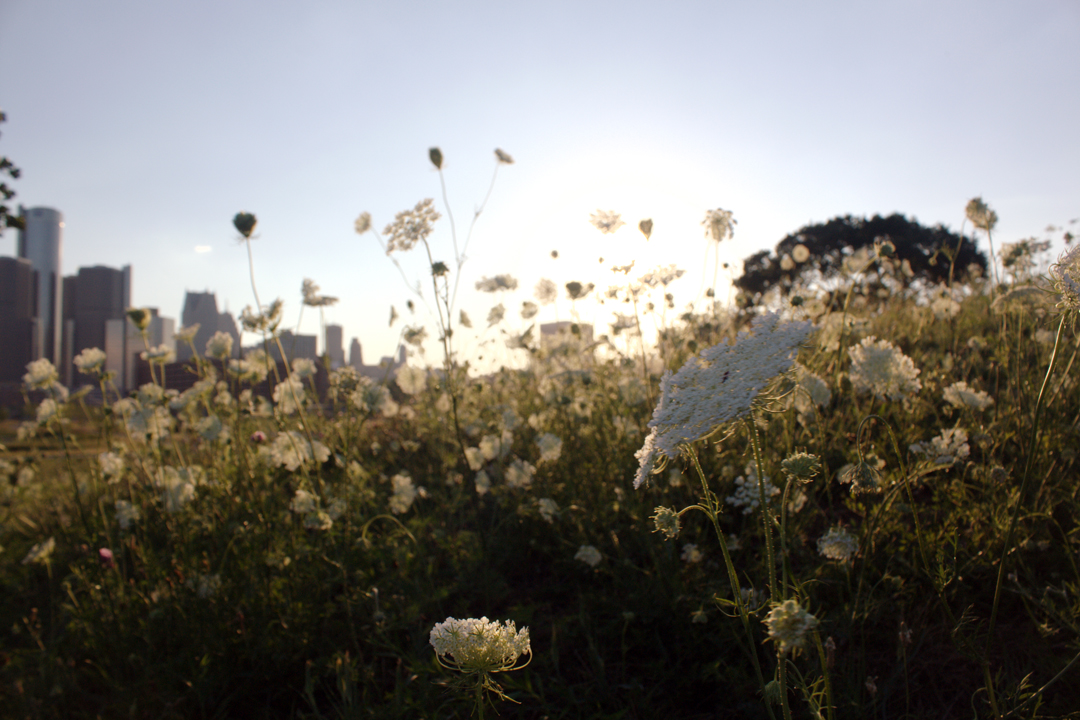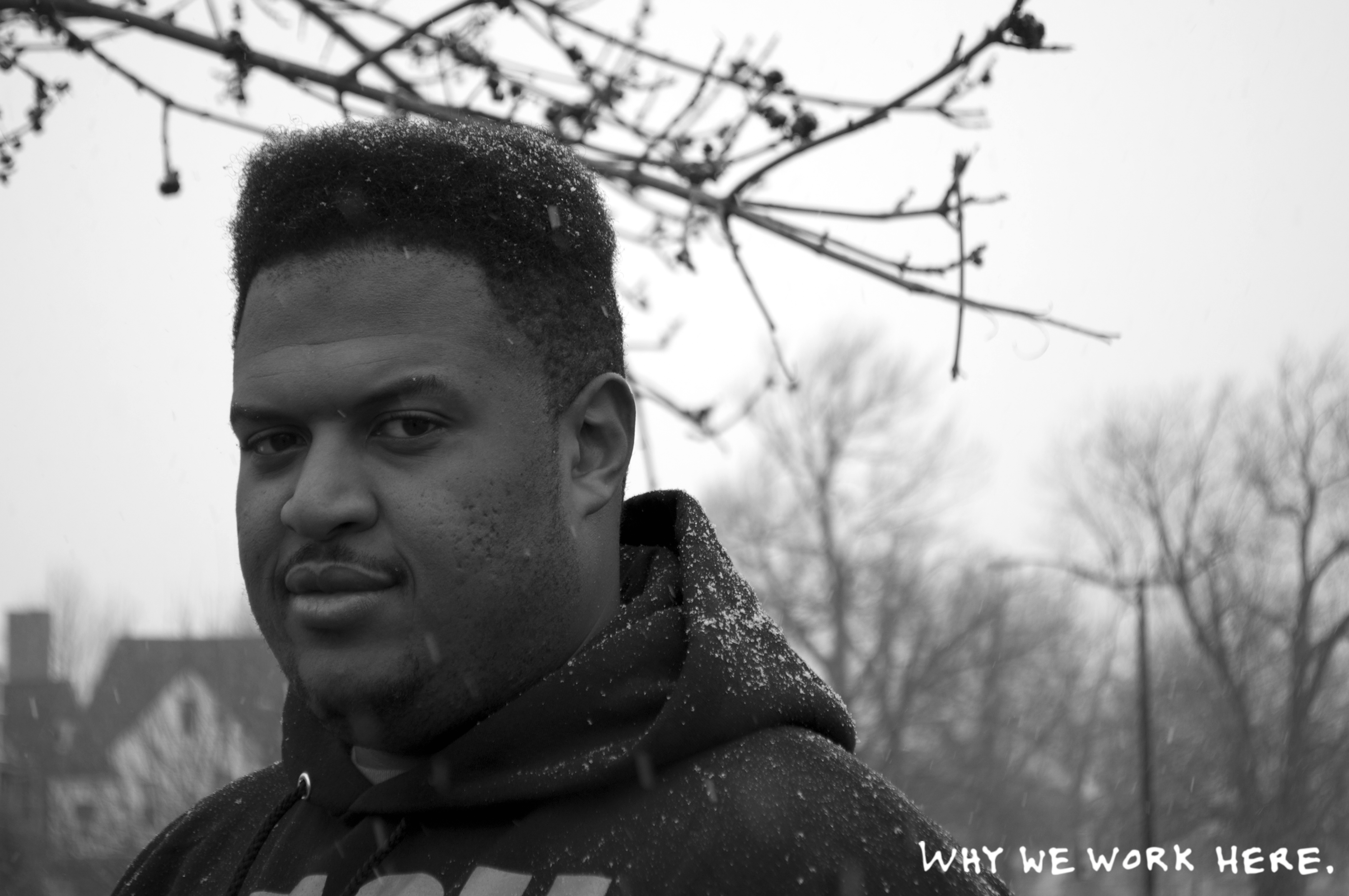What Does it Look Like to work for a World you Want to Live in?
By:
We use a lot of buzzwords to describe what working for a better world looks like -- social impact, social innovation, triple-bottom-line, ______-for-good, sustainable, shared value creation.
This is a problem -- especially for young job seekers who want to do their part to improve our communities. Buzzwords aren’t signposts we can follow to find and evaluate opportunities to work for the world we want to live in. They were never well-defined to begin with, and if everyone uses them, they end up losing whatever significance they once had. Plus, because everyone is using the same words, it feels increasingly difficult to parse effective institutions from the ones that got us into this mess in the first place or others that are nothing more than trendy, glossy ideas.
It was the spring of 2014 when we found ourselves discussing this matter on a park bench after work one day. We had met and become close friends in New York City, although we had taken quite different paths to get there -- Betsy had been involved in public interest design and civic engagement projects, and Megan in education and food justice work. In many ways, we both completely fit the mold described by the overabundance of research on people our age ("Millennials") and our approach to work: We want more than just a paycheck from our jobs -- we want to improve the world through our work. Fortunately, we’d both found a series of opportunities in New York City and elsewhere to do just that.

Photo by Patrick Jones
And yet the constant flurry of buzzwords all around us had left us confused at best, disillusioned at worst. Despite our experiences, we still found it incredibly difficult to navigate between good opportunities -- work that could tangibly improve livelihoods and communities -- and fluff. We wanted to know what it actually looked like to do work that builds a better world. We didn’t want ungrounded ideas and buzz -- we wanted real examples.
Our conversation on that bench started from a sense of hopelessness, but we soon began talking about people who were actually making a difference: an organization in Megan’s hometown that built a network of backyard farms to improve access to fresh produce, a group in Buffalo, where Betsy was from, that was improving the quality of life in a neighborhood without displacing residents. These were people who weren't complaining, who weren't just talking about ideas. They were visionary, but also deeply practical people who were starting with what they knew -- the community and city around them -- and who were addressing system-level challenges from the bottom-up. They weren't your traditional “heroes,” but rather, they were willing ask the right questions, experiment and -- most importantly -- they were getting s*** done.
We knew there were more people like this out there. We wanted to find them, learn from them, and share their stories with as many other young people as we can. We believe that we need to hear these stories so we can envision tangible ways to build the world we actually want to live in. That’s why we founded Why We Work Here:
In April, we will pack our camping gear into a Honda Fit and embark on an epic 3-month, 7,000-mile road trip. We will meet with people who, through their work, address some of the most challenging questions facing American communities. From North Carolina textile manufacturers re-shoring American industry without exploiting people or natural resources to teachers in St. Paul, Minn., who are building relationships with parents and community partners to create a stronger public school system for all students, Why We Work Here will share stories that bring greater definition and color to what it can look and feel like to do good work.
Over the next four months, we will partner with Attn: to tell stories about people making an impact across the country. These people are doing work that not only creates real change in their own communities, but also has broader, system-level implications. If Why We Work Here resonates with you, check out where we’re going, meet us along the route, help us ask questions, and please consider supporting our crowdfunding campaign, which will help us put lessons from innovators across the country directly into the hands of high school and college-aged young people.
Enough with buzzwords. The world is a complicated place, and we can’t rely on oversimplified shorthand to have this conversation. Why We Work Here is our small effort to start an informed, thoughtful conversation about truly good work -- and we hope you’ll join in.

“I wear my PUSH hoodie like a uniform. I have five of them, and I wear them pretty much every day. When I wear it, people know I'm asking them to be a part of something good...Working for PUSH, I feel trusted. And that's important, because there have been so many organizations that have not come through on their promises, or that have blatantly lied to people about what they're going to do. The more impoverished a community is, the more that has happened. It is so important to have that trust, and to continue to build it and defend it. Without trust, you don’t have people. And without people, you don't really have anything.”
- John Washington II; People United for Sustainable Housing (PUSH); Buffalo, New York
